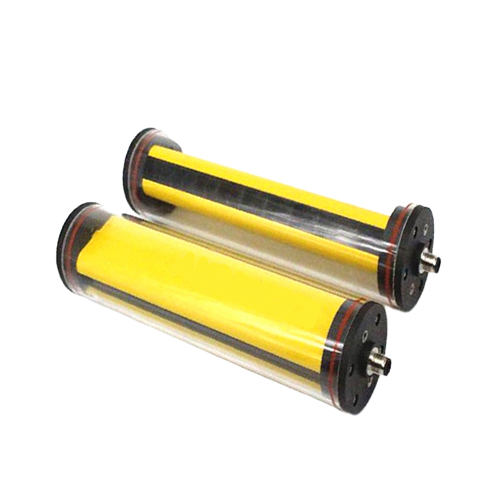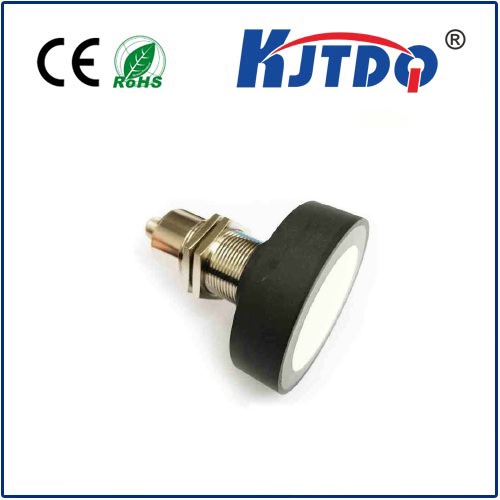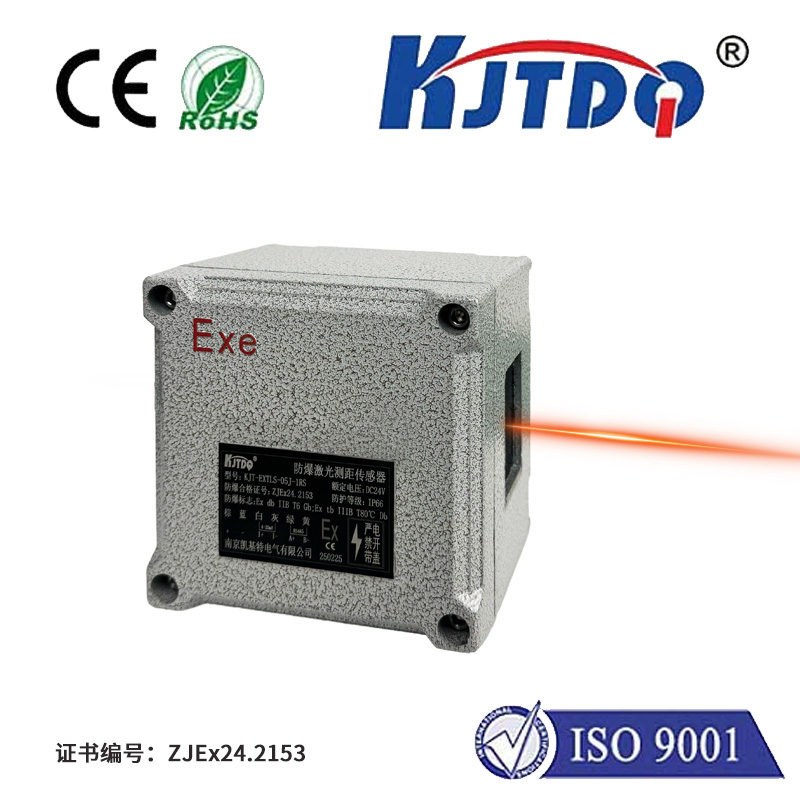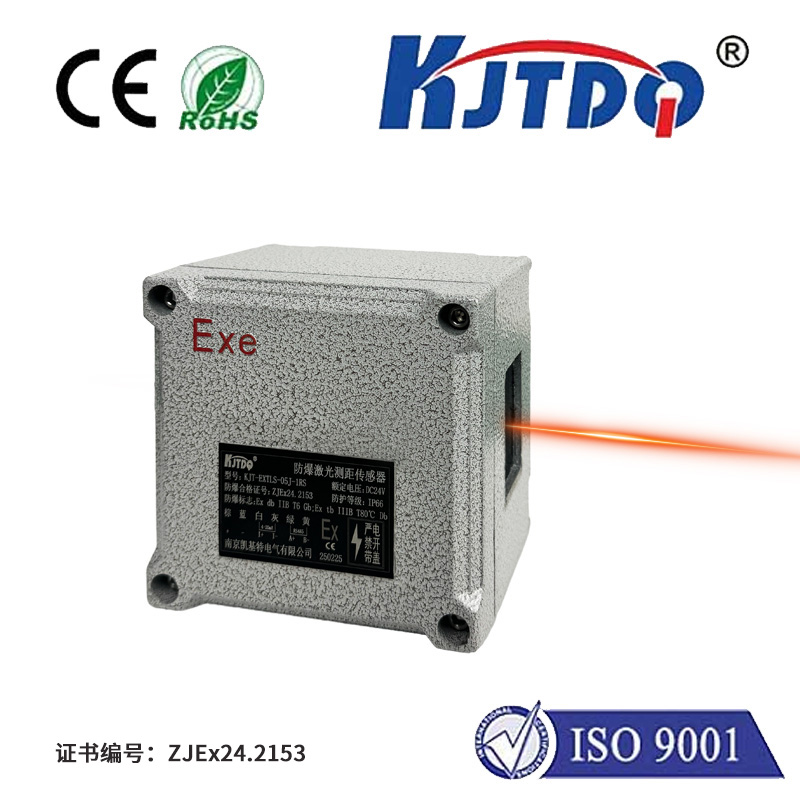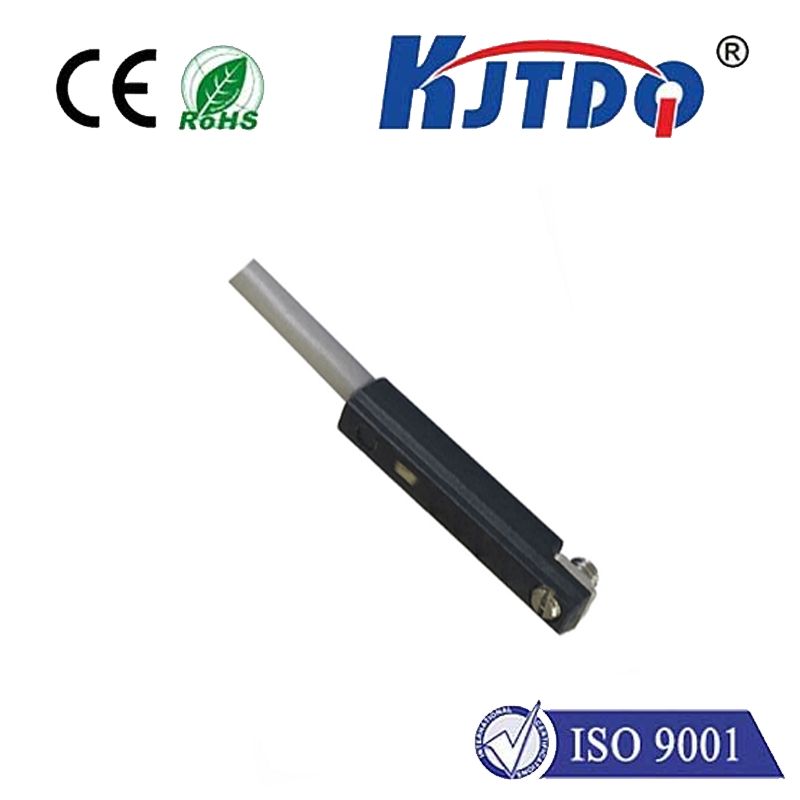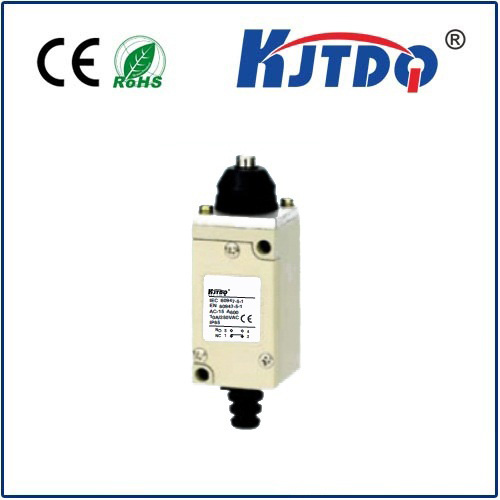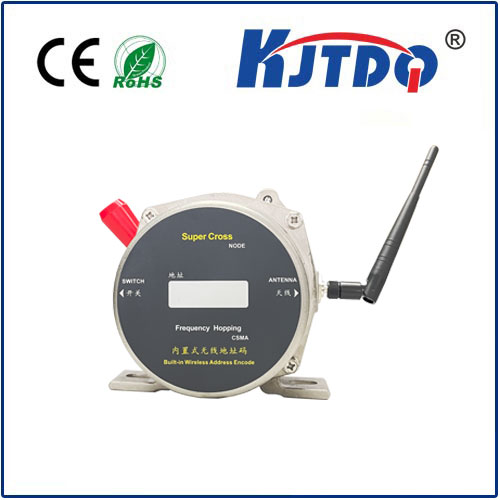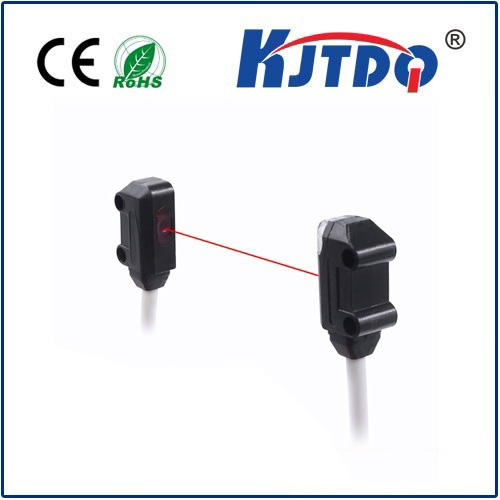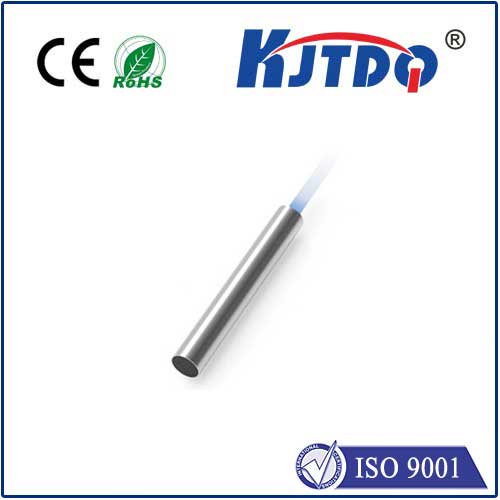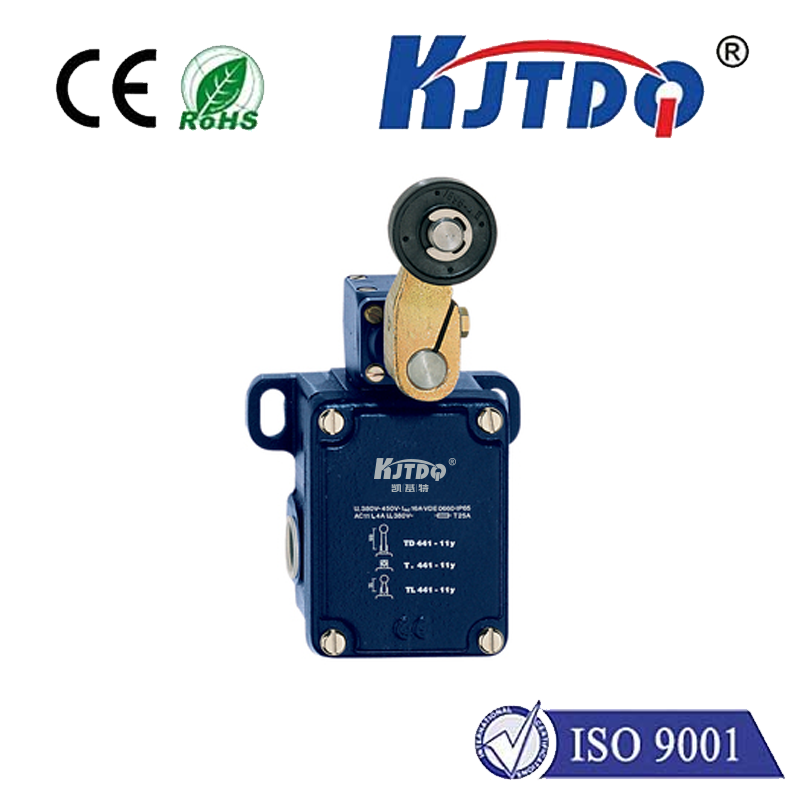

check

check

check

check

check

check

check

check

check

check
In the intricate dance of modern automation and precise object detection, sensors are the silent choreographers. Among them, photoelectric sensors stand as reliable workhorses, and miniaturized solutions like the E3RB-DN13 2M Micro Photo Sensor are driving innovation in space-constrained applications. This compact powerhouse offers surprising reach and versatility, making it an essential tool for engineers seeking dependable, long-range sensing in a tiny package. But what exactly makes this micro photo sensor so effective, and where does it shine? Let’s delve into its world.
At its core, the E3RB-DN13 is a photoelectric sensor, a device that uses light to detect the presence, absence, or specific characteristics of an object without physical contact. Its designation “2M” clearly indicates its robust sensing range of 2 meters (approximately 6.5 feet), a significant distance for a unit classified as “micro.” This combination of compact size and long-range detection addresses a critical challenge in modern machinery design: achieving high performance without sacrificing valuable space.
Understanding the technology behind this sensor is key. The E3RB-DN13 operates primarily using the Through-Beam (Emitter/Receiver) principle. This involves two separate housings: one unit houses the light emitter (typically a focused LED beam), and the other houses the light receiver. The sensor detects an object when it interrupts the light beam traveling between these two units. This method is renowned for its exceptional reliability, long sensing distances (like the 2M capability here), and ability to detect virtually any object regardless of color, transparency, or surface finish – a major advantage over technologies like proximity sensors. Its effectiveness in demanding environments makes it a staple in factories worldwide.

While Through-Beam is likely its primary mode, some micro sensors offer flexibility. It’s plausible that the E3RB-DN13 could also function in Retroreflective mode if paired with a dedicated reflector. In this configuration, both the emitter and receiver are housed in a single unit. The emitted light beam is projected towards a reflector placed opposite the sensor; when an object passes, it blocks the reflected beam, triggering detection. This simplifies wiring compared to Through-Beam (only one sensor unit to mount and wire) but requires careful alignment with the reflector. Confirming the exact operating modes with the manufacturer’s datasheet is always recommended for specific application integration.
The “Micro” designation of the E3RB-DN13 2M isn’t just marketing; it delivers tangible benefits crucial for today’s engineering challenges:
So, where does the E3RB-DN13 Micro Photo Sensor make the most impact? Its unique blend of features finds it essential in numerous sectors:
Integrating sensors like the E3RB-DN13 often involves connecting them to Programmable Logic Controllers (PLCs) or other control systems. Its output (typically a digital PNP or NPN transistor signal) provides a clear “object present” or “object absent” indication. The specific voltage (commonly 12-24V DC) and output type are detailed in its datasheet, which is the essential reference for correct wiring and configuration. Ensuring proper alignment between the emitter and receiver units (critical for Through-Beam operation) and maintaining a clean optical path free from obstructions or excessive ambient light interference is paramount for optimal performance. Attention to installation detail directly impacts reliability.
The drive towards smarter, more efficient, and increasingly compact machinery shows no sign of slowing. Sensors are fundamental to this evolution. Models like the Omron E3RB-DN13 2M Micro Photo Sensor exemplify how component miniaturization doesn’t equate to compromised capability. By delivering robust 2-meter sensing distance within a micro-sized housing, this sensor solves real-world engineering problems, providing designers and maintenance teams with a reliable, versatile, and space-saving solution. It demonstrates that in the realm of industrial automation, powerful performance can indeed come in remarkably small packages, enabling innovations that push the boundaries of what’s possible in manufacturing and beyond.
